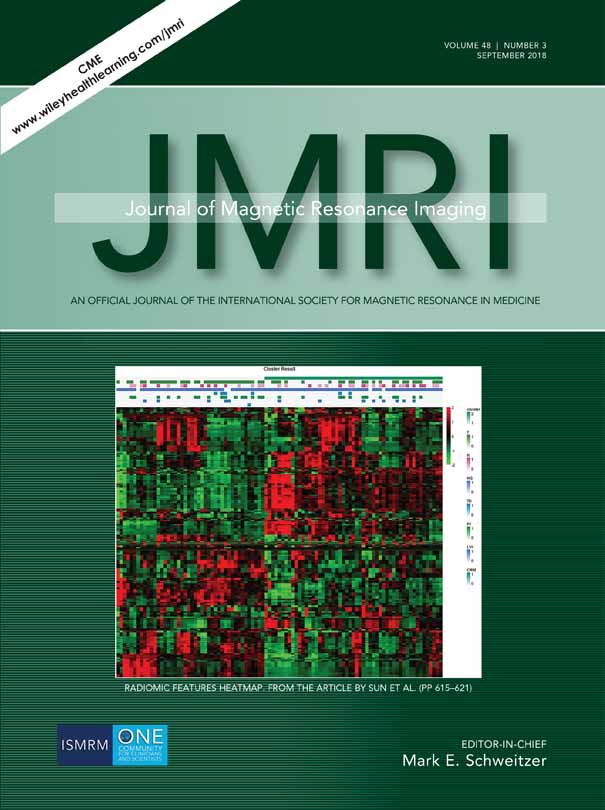High-fat diet induces a neurometabolic state characterized by changes in glutamate and N-acetylaspartate pools associated with early glucose intolerance: An in vivo multimodal MRI study
Abstract
Background
Type-2 diabetes mellitus (T2DM) is a metabolic disorder with a broad range of complications in the brain that depend on the conditions that precede its onset, such as obesity and metabolic syndromes. It has been suggested that neurotransmitter and metabolic perturbations may emerge even before the early stages of T2DM and that high-caloric intake could adversely influence the brain in such states. Notwithstanding, evidence for neurochemical and structural alterations in these conditions are still sparse and controversial.
Purpose
To evaluate the influence of high-fat diet in the neurochemical profile and structural integrity of the rodent brain.
Study Type
Prospective.
Subjects
Wistar rats (n = 12/group).
Field Strength/Sequence
A PRESS, ISIS, RARE, and EPI sequences were performed at 9.4T.
Assessment
Neurochemical and structural parameters were assessed by magnetic resonance spectroscopy, voxel-based morphometry, volumetry, and diffusion tensor imaging.
Statistical Tests
Measurements were compared through Student and Mann-Whitney tests. Pearson correlation was used to assess relationships between parameters.
Results
Animals submitted to high-caloric intake gained weight (P = 0.003) and developed glucose intolerance (P < 0.001) but not hyperglycemia. In the hippocampus, the diet induced perturbations in glutamatergic metabolites reflected by increased levels of glutamine (P = 0.016) and glutamatergic pool (Glx) (P = 0.036), which were negatively correlated with glucose intolerance (glutamine, r = -0.804, P = 0.029), suggesting a link with neurometabolic dysregulation. At caudate-putamen, high-fat diet led to a surprising increase in the pool of N-acetylaspartate (P = 0.028). A relation with metabolic changes was again suggested by the negative correlation between glucose intolerance and levels of glutamatergic metabolites in this region (glutamate, r = -0.845, P = 0.014; Glx, r = -0.834, P = 0.020). Neither changes in phosphate compounds nor major structural alterations were observed for both regions.
Data Conclusion
We found evidence that high-fat diet-induced obesity leads to distinct early and region-specific metabolic/neurochemical imbalances in the presence of early glucose intolerance even when structural alterations or T2DM are absent.
Level of Evidence: 1
Technical Efficacy: Stage 3
J. Magn. Reson. Imaging 2018;48:757–766.




